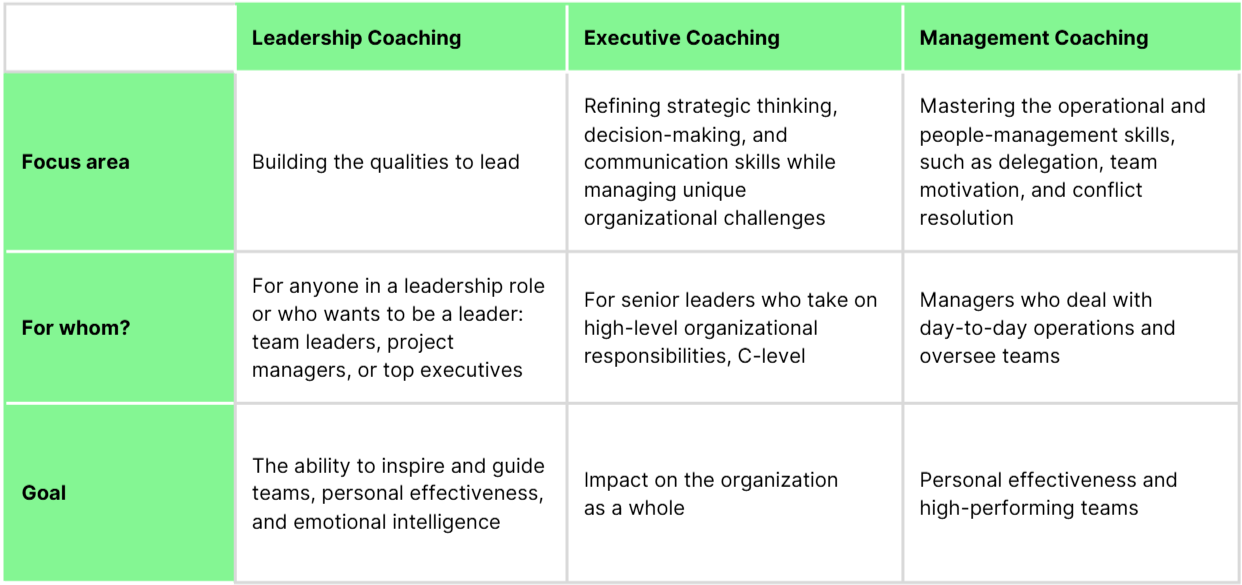Employee turnover rates are on the rise globally. If a company ignores workforce retention, the result could be expensive replacements down the line.
McKinsey suggests that the cost of replacing employees ranges from one-half to two times their annual salary. Gallup’s research estimates that replacing leaders and managers can cost up to 200% of their salary, while replacing technical professionals costs around 80%, and replacing frontline employees costs about 40% of their salary. Gallup also states that 42% of employee turnover is preventable but often ignored.
How can you spot turnover issues and, most importantly, address them? Here’s an overview of the reasons, impacts, and solutions to consider.
Why are many talented employees leaving?
While some industries face challenges related to unmanageable workloads, others struggle with a lack of professional growth opportunities.
Among the common causes of high turnover are:
- Uncompetitive salary and benefits. Competitive compensation and benefits packages are core not only for attracting but also for retaining top talent. If employees feel underpaid or undervalued, they will be more likely to accept offers from competitors.
- Lack of work-life balance. Organizations that fail to support employee well-being and offer flexible work arrangements struggle to keep high performers.
- Limited or missing growth opportunities. Employees crave professional development. If they feel stuck in their roles, with few or no opportunities for advancement, they look for a clearer career path.
- Lack of engagement. Employee engagement is another driver of retention. Disengaged employees are less committed to their work. They show reduced productivity, which oftentimes pushes them to seek opportunities elsewhere.
- Poor management. In turn, strong leadership is crucial for employee engagement. Ineffective managers can create a toxic work environment, blocking growth initiatives and pushing top talent out the door. 85% of employees who leave cite poor management as a factor. Leadership plays a pivotal role in retention per SHRM. Effective leadership promotes trust, supports development, and encourages employees to remain engaged and loyal.
- Toxic work culture. A negative work environment characterized by a lack of respect can quickly drive employees away.
Tackling turnover early by boosting employee engagement, offering career growth, and strengthening leadership makes your workforce resilient and more satisfied with a job, which lowers employee departures. Let’s explore this further.

How can HR managers reduce high turnover rates?
1. Fair compensation and work-life balance
According to SHRM’s State of the Workplace Study 2023-2024, nearly 9 in 10 U.S. workers (87%) believe fair compensation for current employees should be the top priority. Organizations that prioritize competitive salaries in addition to supporting work-life balance have a better chance of retaining the workforce. To help your employees maintain healthy boundaries and balance work with personal time, check out the articles Hey, I Miss You. Yours Truly, Work-Life Balance and 5 Time Management Techniques to Handle Work and Personal Responsibilities Effectively.
2. Recognizing employee efforts
Recognition works best when it’s timely and specific. Generic praise falls flat—call out real contributions that make an impact. A public shoutout, peer-to-peer recognition including bonuses, or a small reward can go a long way. And it’s not just about promotions or pay. Flex time, extra days off, or wellness perks show employees their efforts matter while supporting work-life balance.
When recognition programs are part of the culture, employees feel appreciated and are far less likely to leave. Investing in their career development is another form of care and recognition.
3. Employee career development and upskilling
Organizations must broaden employee growth beyond promotions. Even those content in their roles seek to evolve. Cross-training, mentorships, or lateral development expand skills and open new career paths—all without leaving the current position. Career development opportunities, such as continuous learning and advancement programs, keep employees engaged and committed. Organizations with a strong learning culture have 30-50% higher retention, as per Deloitte and Work Institute’s 2024 Retention Report.
More companies now use online assessments to pinpoint skill gaps and offer personalized training. Amy human potential platform can help you identify employee skill gaps and development needs, ensuring alignment with the organization’s goals.
4. Workplace flexibility and workloads
Flexible work options, like remote or hybrid models, are critical to reducing turnover. Employees now expect flexibility to be a non-negotiable part of their roles, and organizations that provide it are more successful in retaining talent. However, flexibility alone isn’t enough.
Unmanageable workloads can overwhelm employees, even with flexible options in place. Without adequate support, the pressure builds up, leading to burnout and eventual departure. Balancing both flexibility and workload is key.
5. Building a strong organizational culture and supporting well-being
A strong organizational culture builds trust and clarity, aligning employees with the company’s mission. When culture prioritizes inclusivity and transparency, people engage more deeply and stay longer. Supporting well-being is essential to this—offering mental health resources, stress management, and flexibility shows employees they matter beyond their output. And when employees feel supported in all aspects, they perform better.
Communicate your company values, celebrate employees’ achievements, and nurture a sense of community to increase morale and productivity in your workforce.
6. Improving leadership and managerial support
All the points mentioned above are challenging to reach without effective leadership. By understanding each person’s purpose, goals, and career aspirations, managers lay the foundation for growth. This insight allows for tailored career plans that meet individual needs. While employees are responsible for their career paths, strong leadership provides the support and direction necessary to guide them forward.
Managers must also adapt to remote work challenges and maintain a work-life balance for themselves and their teams. Cultivating cohesive, accountable teams and ensuring clear communication are vital for organizational goals.
Yet, managers often balance their leadership duties with individual contributor work without the support of training or development programs. While some training exists, it is often passive, like watching videos or reading materials. To address this, focus on developing key management skills with coaching, microlearning, or other proactive methods. With Amy human potential platform, your C-level executives or mid-level managers can engage in 1:1 coaching sessions with experts to enhance organizational culture and strengthen employee relationships.
Say goodbye to continuous turnover with Amy
Retention is a long-term investment, not a quick fix. The strategies in this article, backed by recent research, target the areas of compensation, career development, recognition, flexibility, workload management, culture, well-being, and leadership to tackle high turnover.
Focusing on employee engagement, growth, and well-being, you are building loyal, high-performing teams that drive your organization’s success. Amy human potential is created for professionals like you to ease the process of employee development. Try Amy and start decreasing turnover today.




